
When a glass aquarium springs a leak at the silicone seals, the hobbyist will need to either reseal or rebuild the aquarium. To do that one needs at least one tube of silicone rubber. People on social media are always asking “what is the best silicone for resealing my aquarium?”. We will attempt to answer that question in depth below.
Rebuilding versus Resealing
There are two types of “reseals” for a leaking aquarium. “Resealing” is when one ONLY removes the triangle shaped bead of silicone in the inside corner of the aquarium. A cheaper silicone can be used for “resealing”. “Rebuilding” is when one completely tears down the aquarium into five sheets of glass and completely reassembles the aquarium. Rebuilding is best done with a more expensive grade of silicone.
Probably 95% of the time a simple reseal will do the trick of stopping a leak. But there are two layers of silicone stopping leaks in an aquarium: the bead inside the aquarium and the thin line of silicone holding the glass together. BOTH silicone portions need to be pulling away from the glass for a leak to develop. So if there is a leak there probably is a problem with the silicone holding the glass together. And some small portion of the time that bond will fail and a catastrophic tank failure will ensue.
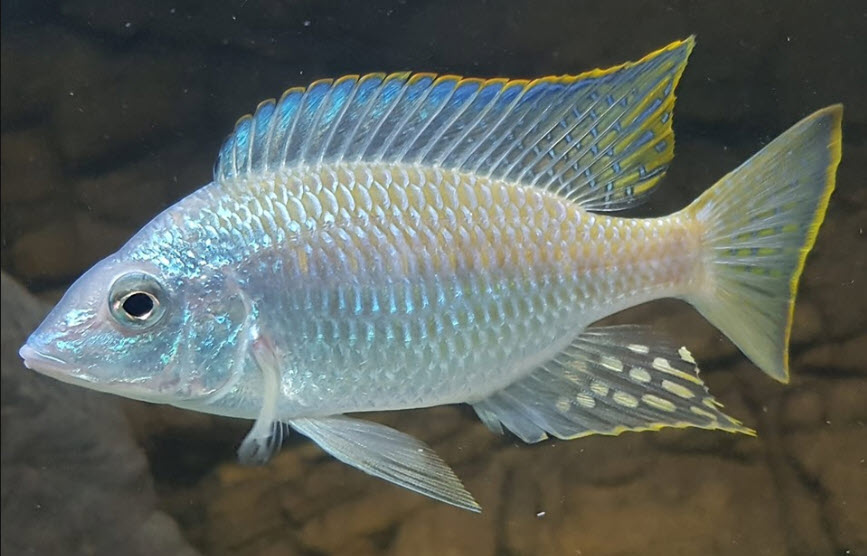
There was one YouTube video where the individual only resealed an aquarium which had been leaking. After he had removed the inner bead of silicone he commented that he could see sand particles lodged in the interface between the edges of the glass. And this individual just went ahead and put a new bead of silicone in the aquarium. This individual was risking a wholesale failure of his aquarium.
This individual did not realize that the pieces of glass were pulling so far apart that sand particle could get between the pieces of glass. And when the pieces of glass start pulling apart that far in an aquarium, wholesale failure is a very real scenario down the road. And a new bead of silicone on the inside of the aquarium will not help the situation.

“Rebuilding” is when one cuts the pieces of glass apart and completely rebuilds the aquarium. This is the safest way to fix a leaking aquarium. For any leak to occur the thin silicone adhesive line between the glass must be coming apart somewhere in the aquarium. This ripping apart means the aquarium can literally fail and collapse (typically it fails just after you leave on a vacation!). This is a real disaster if it happens. Thus, I recommend completely rebuilding any aquarium with a leak. But again, probably 95% of the time you will be just fine with only resealing.
And I will make one caution. It is quite common to get a “leak” that turns out to be condensation on the lid of the aquarium running down one corner of the aquarium. I’ve has several set-ups that do this. This takes some careful observation to see where the leak is actually coming from. You do not want to go to the trouble of rebuilding any aquarium for no good reason.

Silicone Chemistry
There is a very good reason the tubes on some silicones say: “Not for underwater/aquarium use”. Another way of saying this is that this there are at least four different types of 100% silicone rubber sealant chemistries.
- Cheap silicone sealant chemistry CAN slowly hydrolyze at the bond with the glass and CAN weaken, peel, and leak in several years. This silicone also has relatively low modulus and low tensile strength, which means an aquarium made with it CAN fail. Note the word “can”. This says it will only fail in some cases! In most cases this stuff will work fine for many years, especially if it is used only for “resealing” and not “rebuilding”. This is the “not for underwater/aquarium use” grades. It is a myth that this label has to do with liability.
- Moderately priced silicone sealant without the “not for underwater use” label will seal well, and the seal will last in water. But it has low tensile strength and low modulus, which makes it a poor choice to bond glass together.
- Somewhat more expensive aquarium silicone sealant has high tensile strength and high modulus. It makes strong bonds between two pieces of glass, seals well and lasts exceptionally long
- Expensive construction grade silicones designed to hold glass up on skyscrapers. This is epitomized by GE SCS1200 Silicone Construction Sealant. This stuff is simply incredible for rebuilding aquariums.
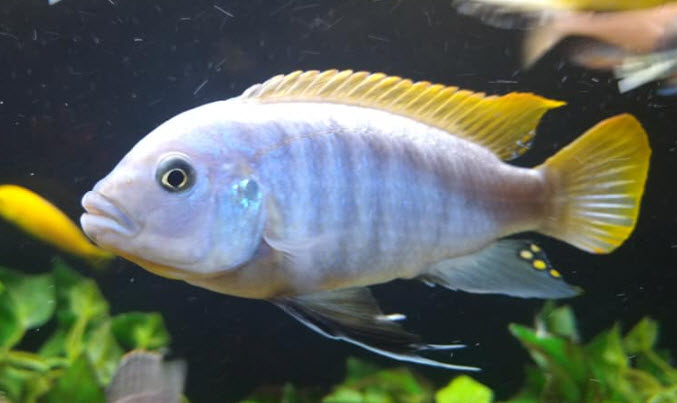
One needs to read the literature with the sealant. This is a good example of what I’m talking about:
“ASI Aquarium Silicone Sealant has been specifically formulated for the fabrication of fresh and salt-water aquariums. This high modulus component RTV Silicone Sealant forms strong cohesive bonds to glass without the need of primers. The bonds are unaffected by continuous immersion in water.”
This is a good chemistry to use in aquariums for rebuilding. There are about five silicones available over the internet which say they are for aquarium use. All are somewhat more expensive but worth it. A failed aquarium can do hundreds of dollars’ worth of damage. Note that all silicones are “waterproof”. It is only the bond between the glass and the silicone which often is not “waterproof” over the long term.
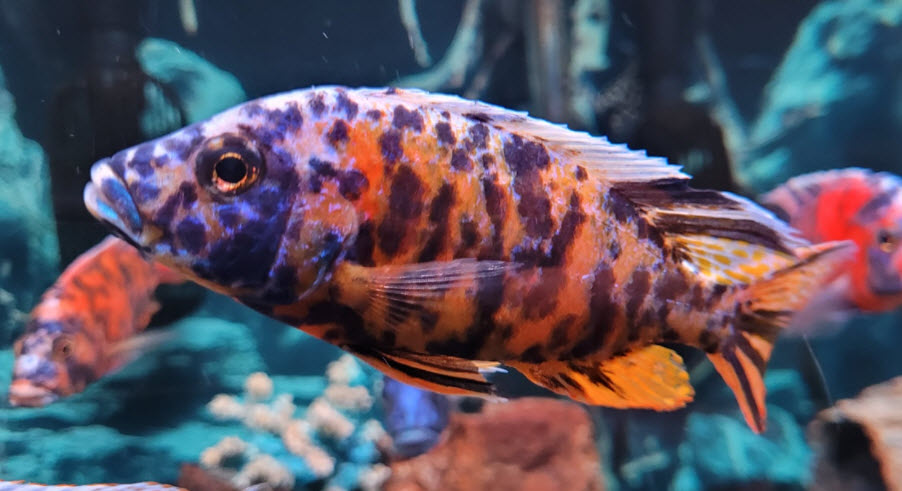
Note that for some reason hobbyists think that an “old” glass aquarium needs to be rebuilt even if it isn’t leaking. This is a myth. Most glass aquarium manufacturers will do a much better job building any aquarium than the home hobbyists will do. And a silicone adhesive joint does not “go bad” if the original silicone was carefully selected. Most manufacturers use very good grades of silicone so their silicones typically cannot “go bad”.
What does often happen is that the inner bead of silicone begins to pull away from the glass and algae will grow in the crack which forms. This is very ugly. But the damage is ONLY in the inner bead. So an “old” aquarium where the inner bead is pulling away from the glass typically only needs to be “resealed” by replacing the bead.
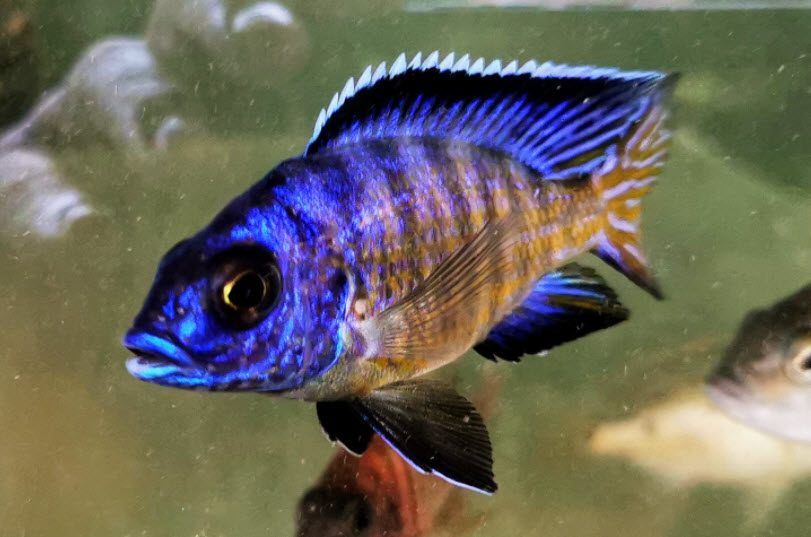
The Chemistry of Silicone Rubbers in Depth
Rebuilding should always be done with a silicone made specially for rebuilding aquariums. The property requirements are much different for rebuilding compared to simply resealing. When it comes to silicone the comments on aquarium forums in Facebook are .. well.. shall we say …. “interesting”. Here is an actual comment from one social media commentator:
“If a tube of silicone is labeled 100% silicone, then it can only be pure silicone. So all 100% silicone products are exactly the same. There is no point to buying a high-priced product as it is exactly the same as a cheap product. Any chemist would know that”
This comment was one of the many where I was encouraged by a reader to tone down what I called the commentator as I was being too “judgmental”. OK… OK … OK. I will just say the comment is “incorrect”. Let me try to explain the actual chemistry involved here.

The term “100% silicone” simply means that ONLY silicone rubber is in the formulation. Some cheap silicone formulations which are not “100% silicone” are what is known as “copolymers”. They have another cheaper plastic in them. Something like acrylic plastic. The acrylic portion doesn’t bond as well to glass as does the silicone and it can be attacked by fungi. These copolymer products shouldn’t be used in an aquarium.
“100% silicone rubber” is composed largely of polydimethylsiloxane or [-OSi(CH3)2-]n. But that is FAR from the full story. The silicone rubber also has what are called “reactive end groups”, catalysts, fillers, and cross linking agents. So the actual formulation becomes
([end group A]- [-OSi(CH3)2-]n–[end group B] + catalysts + fillers + cross linking agents)
Note the length of these chains (i.e., the little “n”) is very important, as is any branching which might be in the siloxane chain. And note that many silicones replace some of the (CH3) with (C2H5). And the “fillers” are typically just finely ground silica (quartz or SiO2). Finely ground silica is cheap but isn’t very strong.
There are literally millions of possible formulations. Some of these formulations are relatively cheap to formulate and work reasonably well in the aquarium for only “sealing”. But the optimum bond strength in between sheets of glass in an aquarium requires a lot of different properties which typically are best with the higher cost products made specifically just for bonding aquarium glass. All “100% silicones” are NOT identical and are NOT equal when assembling sheets of glass into aquariums.
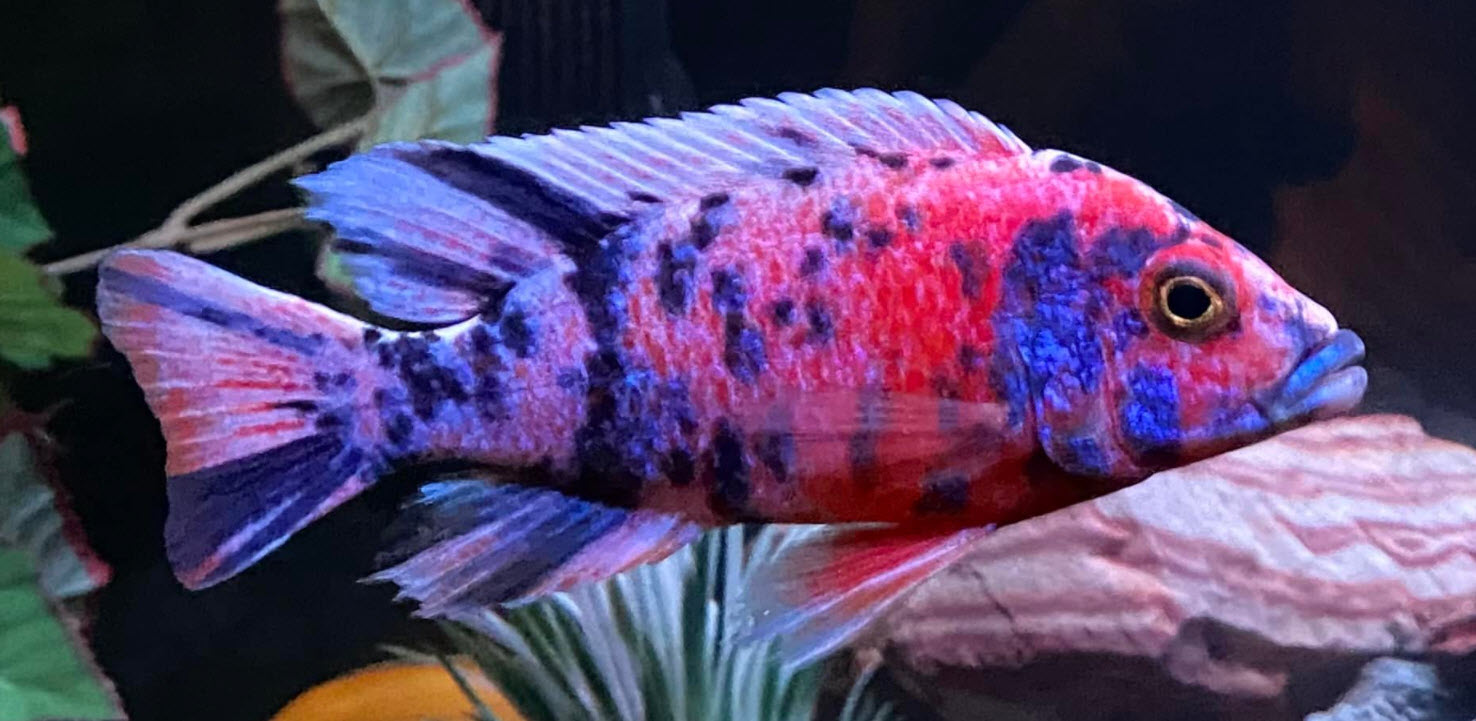
Mold Resistance
The other area which is misunderstood is “mold resistance”. Silicone itself does not “support” the growth of mold (a “fungus”), i.e., mold cannot get any nutrition from breaking down the silicone. So some silicones advertise “mold resistant” when they have no additives for preventing mold.
But with most silicones mold can still colonize the surface of the silicone, feeding off dissolved organics in the water column. To prevent this colonization, some silicones have very tiny amounts of very special fungicides incorporated into their structure. There are several points which need to be pointed out here:
- The fungicide is bonded into the structure of the silicone, so it is NOT soluble into the aquarium water. If this were not the case, then all the fungicide on the surface of a silicone used in something like a shower would simply wash off in the first shower and the fungicide would be useless.
- The amount of fungicide in the silicone is tiny. Even if it were soluble, the amount that could be in the aquarium water is so incredibly tiny it would not even hurt sensitive creatures like shrimp.
- The fungicides used are what is known as “selective poisons”. They are only harmful to fungi. They are not terribly toxic to higher order animals like fish.
Any one of these points ensures that any “mold resistant” silicones is safe. All three together are conclusive as to the safety of “mold resistant” silicones. So, if one is so inclined, it is perfectly safe to utilize a “mold resistant” silicone in the aquarium.
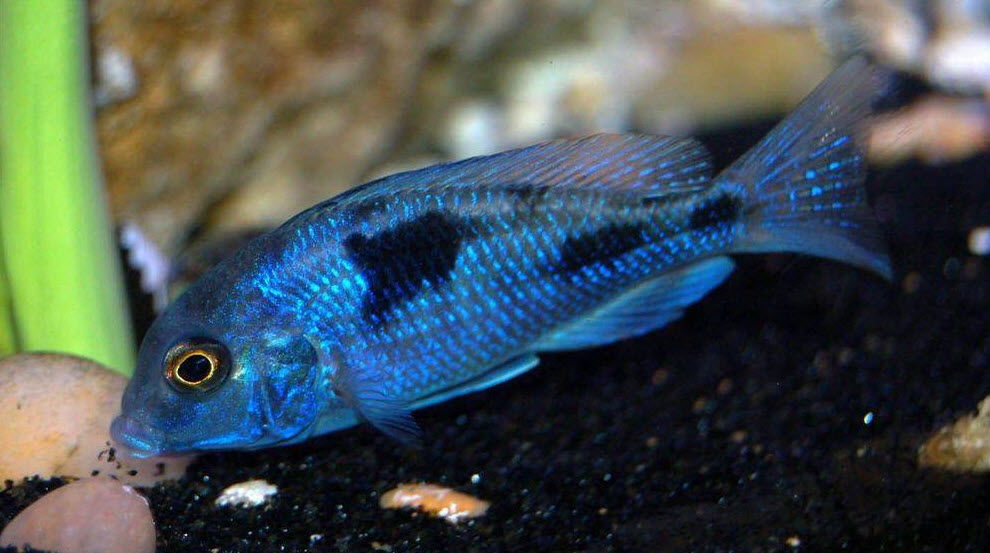
What is not perfectly safe is to fill a newly sealed aquarium with water before the silicone is cured. There is one common scenario which goes: “I just resealed my tank and mistakenly used mold resistant silicone. I killed all my fish”. The mold resistance did not kill the fish. The silicone hadn’t completely cured, and the fish died from chemicals in the uncured silicone.
All the tanks I’ve resealed and rebuilt over the years I have let sit with a damp rag in the aquarium, covered in plastic sheet, for at least two weeks (the moisture in the rag helps with curing some of the silicones). Then I’ve done at six weeks cycling of the filter and the tank before adding fish. This cycling includes two 95% water changes.
This is unquestionably a huge amount of overkill, but it avoids any possibility of killing fish. I just hate losing a bunch of fish. I have found that the way to avoid losing fish is often just to be patient. Be sure one has a functioning ecosystem in the aquarium (i.e., a “mature” aquarium) before adding fish.
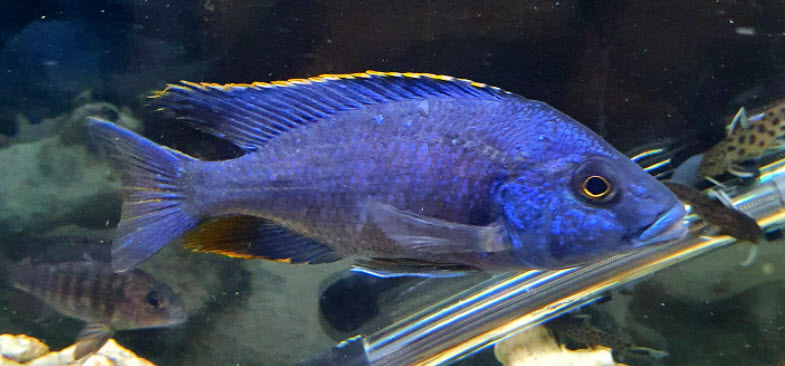
The Rebuilding Process
Rebuilding a small glass aquarium is relatively easy. But any aquarium over 30 gallons can get challenging, It is very important to work very fast. If the silicone “skins” before one gets the glass together there can be a problem. This takes a lot of planning and thought beforehand.
It is VERY important to remove all the old silicone. And I mean ALL OF IT. New silicone will not bond to old silicone. So if one has even a very thin film of old silicone left at the bond line there will be a spot that can fail and leak. I use razor blades followed by steel wool to remove every trace of the old silicone.
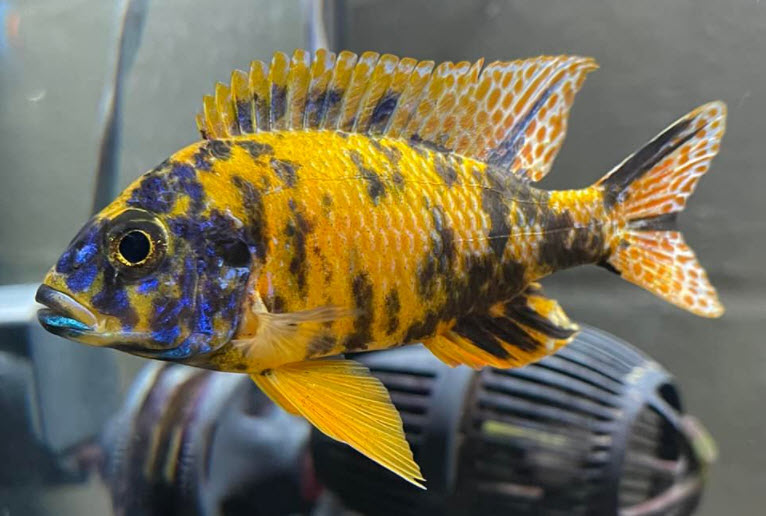
Note there are NO solvents which can remove cured silicone rubber, NONE. All the YouTube video makers and several websites parrot “Wipe the seams thoroughly with acetone several times to dissolve the silicone away“. This is simply wrong. Acetone might well SOFTEN a few grades of silicone IF AND ONLY IF it were left in contact with the silicone for at least 24 hours. Acetone categorically will NEVER “dissolve” crosslinked silicone rubber. The same goes for vinegar and alcohol.
And before everyone piles on with “but it worked for me“, remember, I have worked as a polymer chemist and formulated plastics! So a cheap silicone wiped down with acetone might have “worked” by pure luck. And you do not want luck to be the determining factor in an aquarium reseal or rebuild.
Acetone is often used when building an aquarium from scratch to remove any oils or fingerprints which might be on the glass. It will work for this purpose.
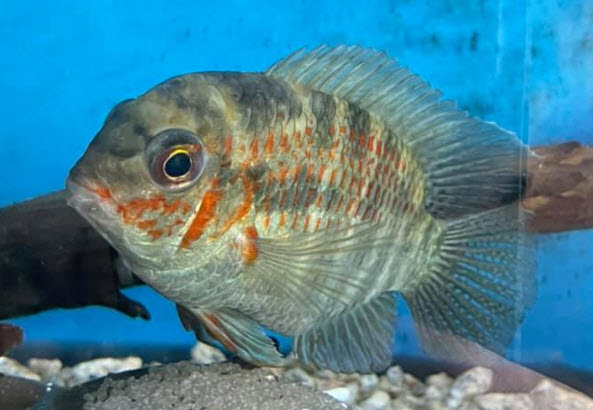
There are many excellent YouTube videos on rebuilding aquariums. I recommend Joey’s videos (The King of DIY Aquarium) as he knows his stuff when it comes to any DIY project https://www.youtube.com/watch?v=HSKIT2OLOYQ. But note even Joey recommends acetone wipes. In Joey’s book (great DIY aquarium book, I highly recommend it for DIY fanatics) he even says acetone dissolves silicone. So even one of the best can get it wrong.
.
Return to Equipment Menu
.
Aquarium Science Website
The chapters shown below or on the right side in maroon lead to close to 400 articles on all aspects of keeping a freshwater aquarium. These articles have NO links to profit making sites and are thus unbiased in their recommendations, unlike all the for-profit sites you will find with Google. Bookmark and browse!
.

Dave says
In reply to Ben z …. personally I’ve never had a tank fail catastrophically. I’ve only had “drip” leaks. And I’ve never run across any data on the topic. So I don’t have any answers to your questions.
Ben z says
A quick question about aquarium joint failures. Which is more common, is it the glass/silicone bond that breaks, or is it the silicone itself that fails from strain? What about the propagation of microscopic or even (tiny) visible cracks in the glass over time, how would that affect the structural integrity of the joint?
Ive been wondering if it’s wise to have something like a granite plate that’s been properly lapped flat to support truly large aquariums. I recall you told me last year about testing for gaps between the base and the stand with a one-thou shim without water in the tank. But I’m not sure that’s enough peace of mind if the aquarium in question weighs something like 5000 kg.
Dave says
In reply to steven …. Gaps looking down from the top shouldn’t be much of a concern. I would go ahead and leak test it.
steven han says
Recently purchased a seapora branded 120 gallon tank (48x24x24).
Upon setting up, I noticed that in the back left corner, where the bottom exterior trim (what the tank sits on) meets at a 90 degree angle , there is a small gap when looking down from the top, but noticeable. I believe silicone is what covers this on all 4 external bottom corners normally and so not sure if this is merely a visual issue, or something to be concerned with structurally?
Again, brand new tank, and not sure if to bring back and exchange or if something not to be concerned with
Dave says
In reply to Kristy ….. There is no good way to seal a galvanized tank. I’d simply buy a plastic stock tank.
Kristi Curry says
Not sure I’m putting this question in the right place. Recently bought a 100 gallon stock tank (galvanized) for use as a water feature on my deck. I plan to put fish in there. Did some reading about how to prepare it and learned that they often leak, so decided the best approach would be to spray the inside with flexseal.
I thought I built up a good coating around the bottom seam, but when I filled it, found it has a slow leak there. Not sure how to fix this, or if I should even try. A few more coats of flexseal? Or would a silicone bead around the bottom seam work? Would it adhere to the flex seal? What about flex tape? I’d be happy if it got me through the summer. When I take it down this fall, I could do a more thorough repair.
Or should I ask for a replacement? If I got a new tank, should I silicone the bottom seam first and then apply flexseal? Also what exact brand/s of product would I need? Thanks Dave!